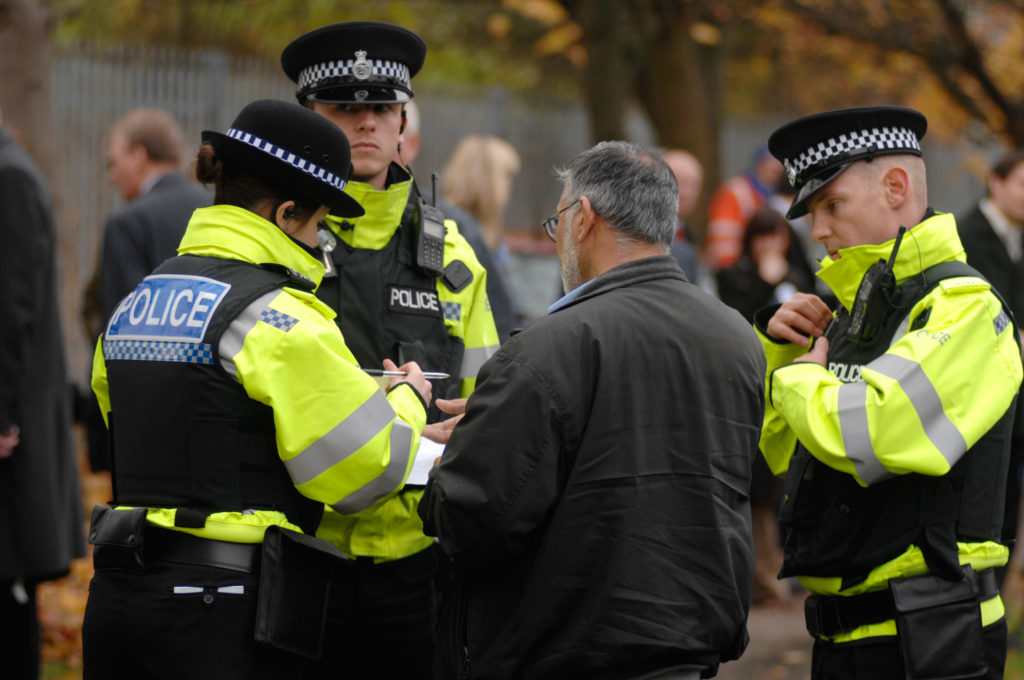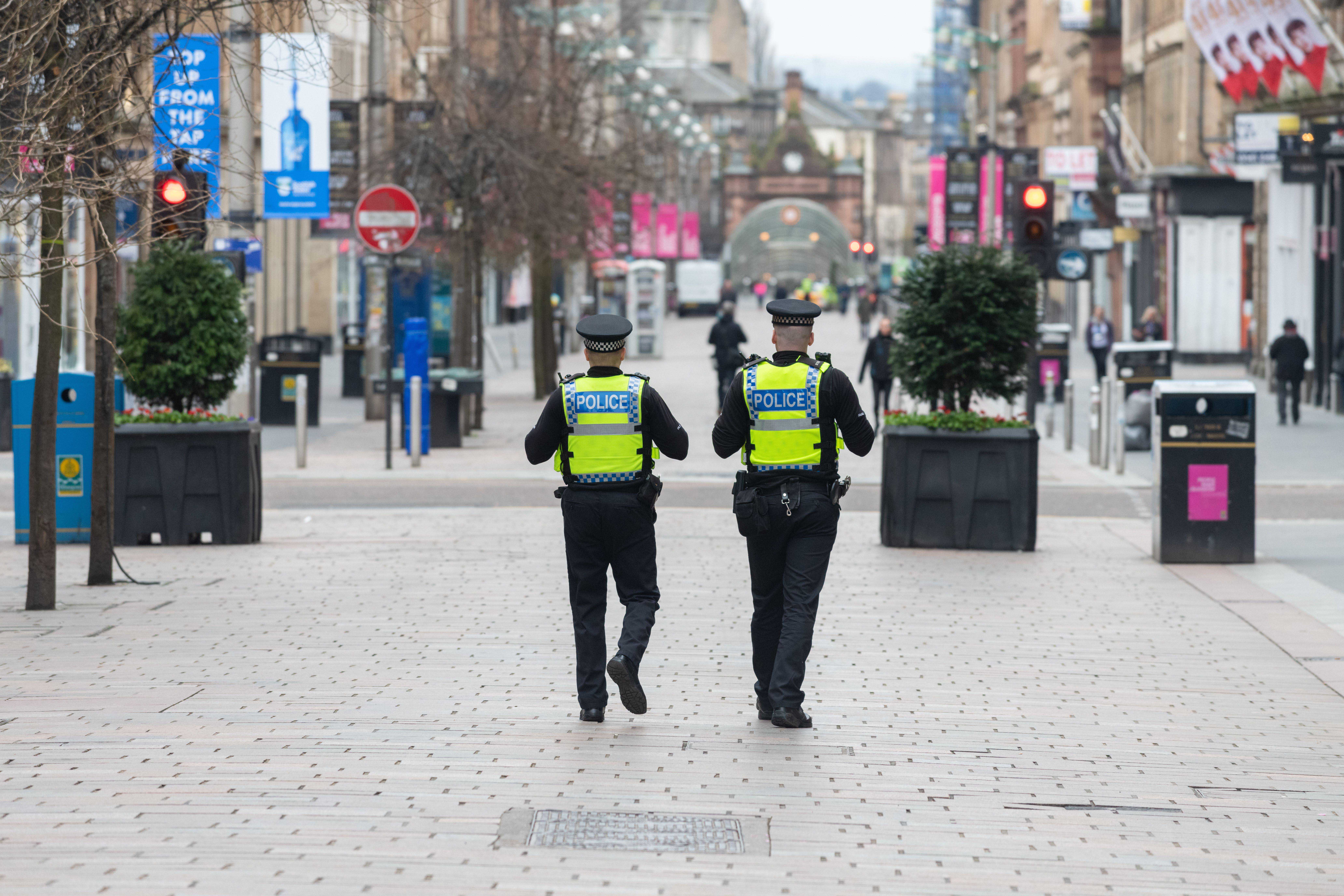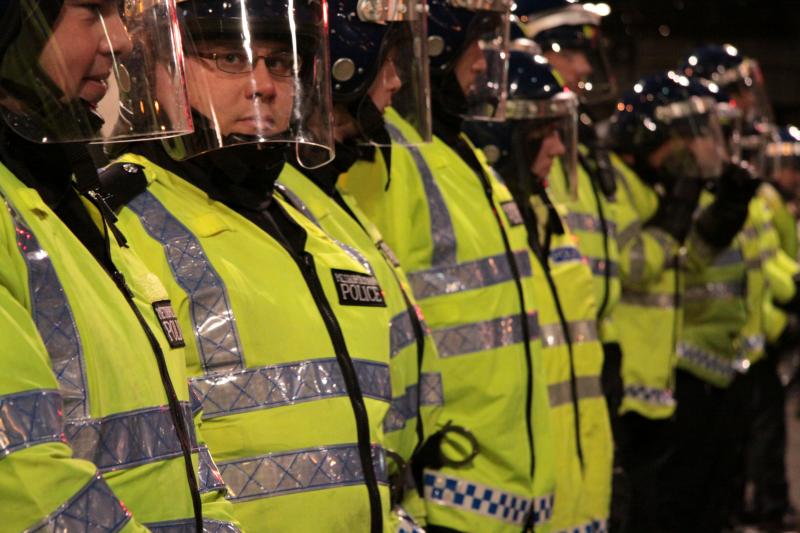BAME People Disproportionately Targeted By Coronavirus Fines
Published on 26 May 2020

People of colour are paying the price of arbitrary policing.
Reports Mirren Gidda, Liberty Investigates journalist, with additional reporting by Mattha Busby, Guardian journalist.




